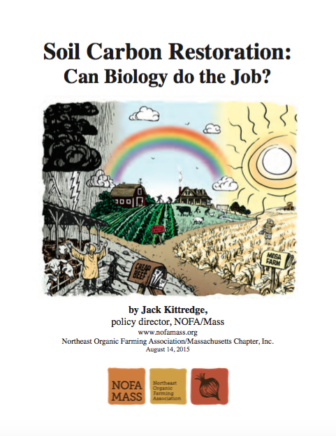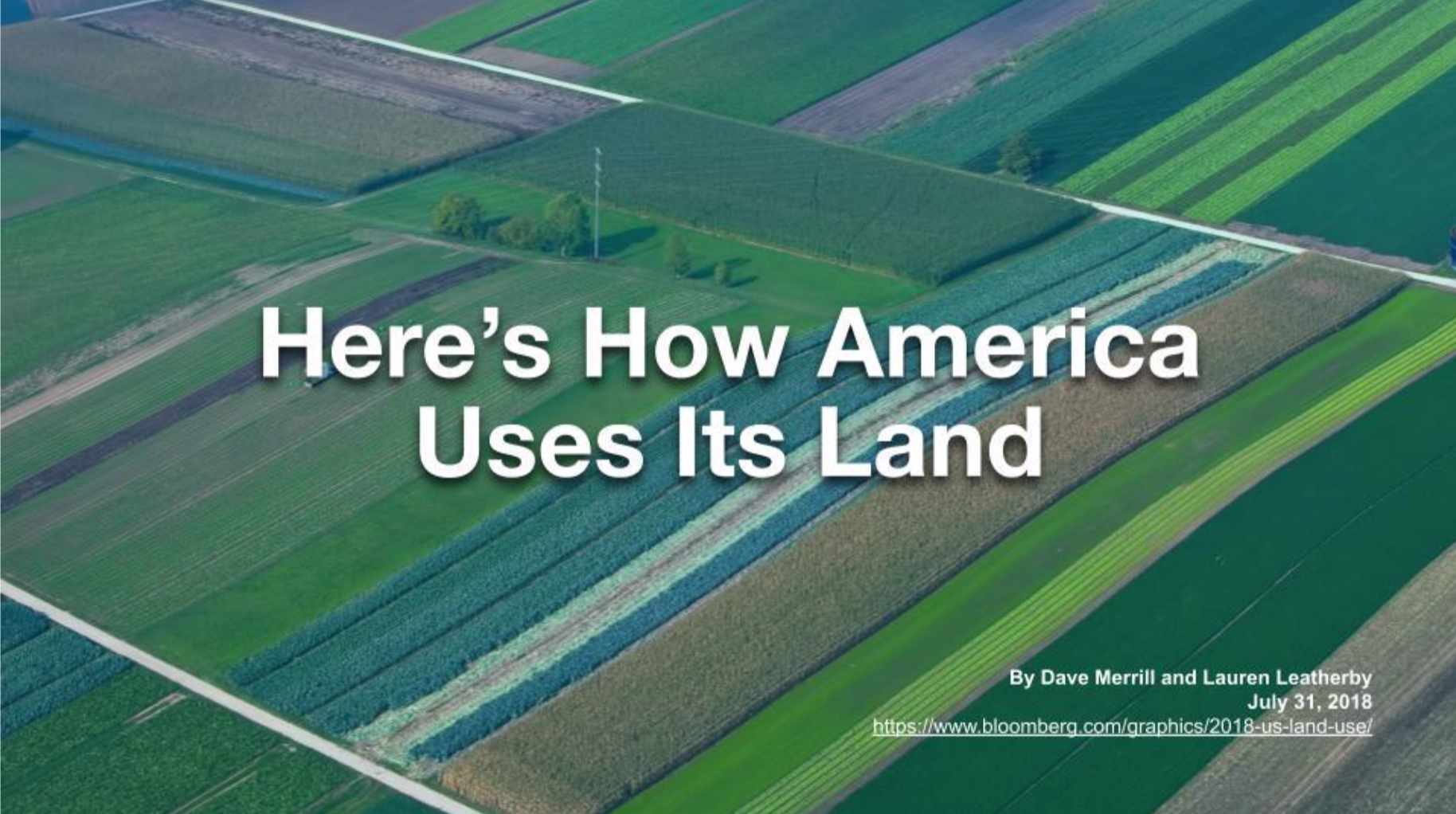What is Regenerative Agriculture?
“Regenerative Agriculture” describes farming and grazing practices that, among other benefits, reverse climate change by rebuilding soil organic matter and restoring degraded soil biodiversity – resulting in both carbon drawdown and improving the water cycle.
Regenerative Agriculture Practices
The following farming, ranching and land use practices are used to create regenerative food systems and healthy natural ecosystems.
A Global Shift to Regenerative Agriculture Can:
- Feed the world: Small farmers already feed the world with less than a quarter of all farmland. > Read the GRAIN Report
- Decrease GHG emissions: A new food system could be a key driver of solutions to climate change. The current industrial food system is responsible for 44 to 57% of all global greenhouse gas emissions. > Read the GRAIN Report
- Reverse climate change: Emissions reduction alone is simply inadequate. Luckily, the science says that we can actually reverse climate change by increasing soil carbon stocks. > Read the Rodale Institute Report
- Improve yields: In cases of extreme weather and climate change, yields on organic farms are significantly higher than conventional farms. > Read the Report by the UN Special Rapporteur on the Right to Food
- Create drought-resistant soil: The addition of organic matter to the soil increases the water holding capacity of the soil. Regenerative organic agriculture builds soil organic matter. > Learn More
- Revitalize local economies: Family farming represents an opportunity to boost local economies. > Read the FAO Report
- Preserve traditional knowledge: Understanding indigenous farming systems reveals important ecological clues for the development of regenerative organic agricultural systems. > Read the Action Aid Nepal Report
- Nurture biodiversity: Biodiversity is fundamental to agricultural production and food security, as well as a valuable ingredient of environmental conservation. > Read the Report
- Restore grasslands: One third of the earth's surface is grasslands, 70% of which have been degraded. We can restore them using holistic planned grazing. > See the Evidence
- Improve nutrition: Nutritionists now increasingly insist on the need for more diverse agro-ecosystems, in order to ensure a more diversified nutrient output of the farming systems. > Read the Report by the UN Special Rapporteur on the Right to Food



